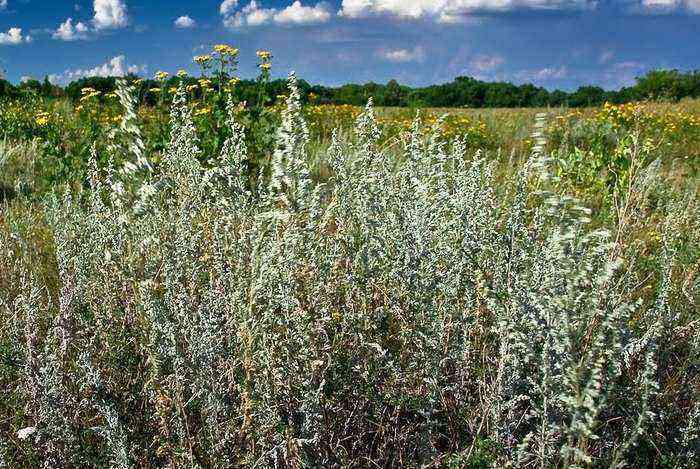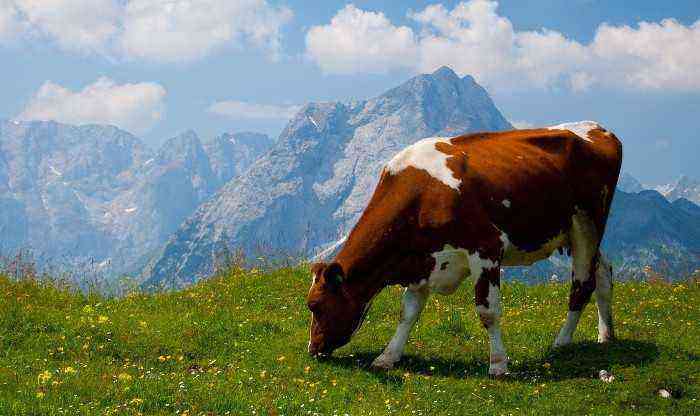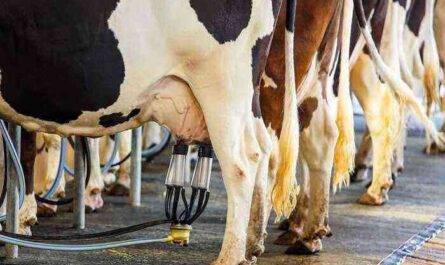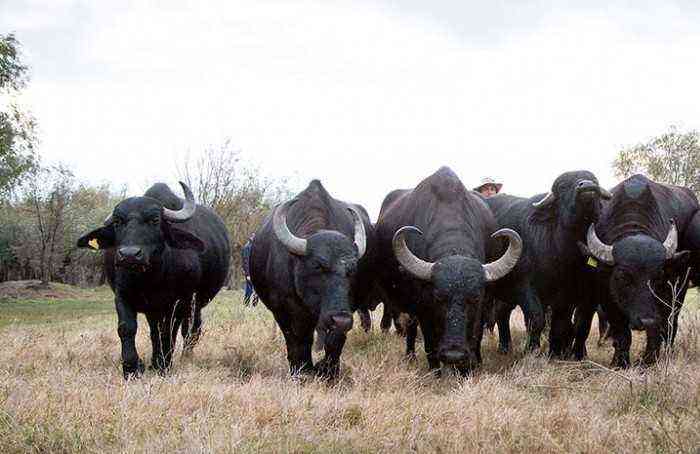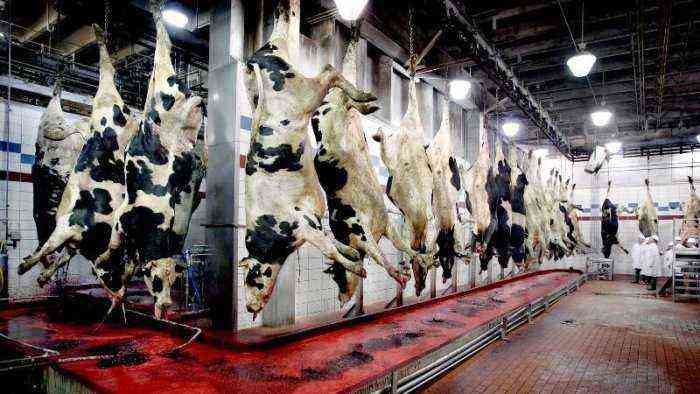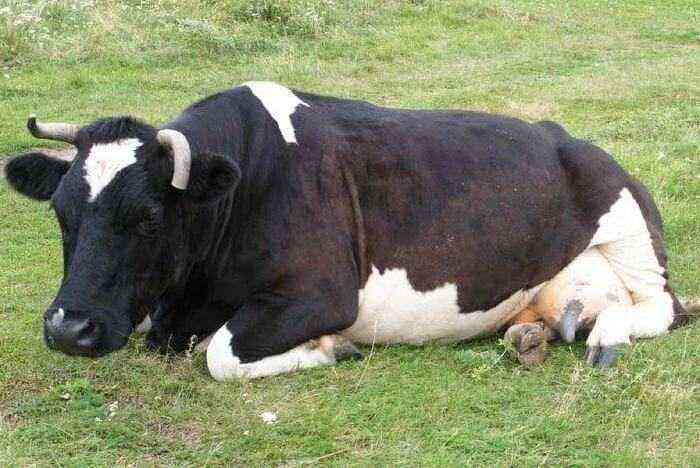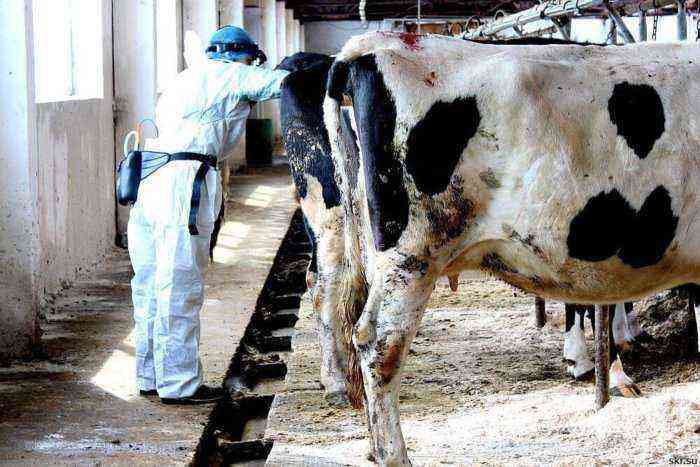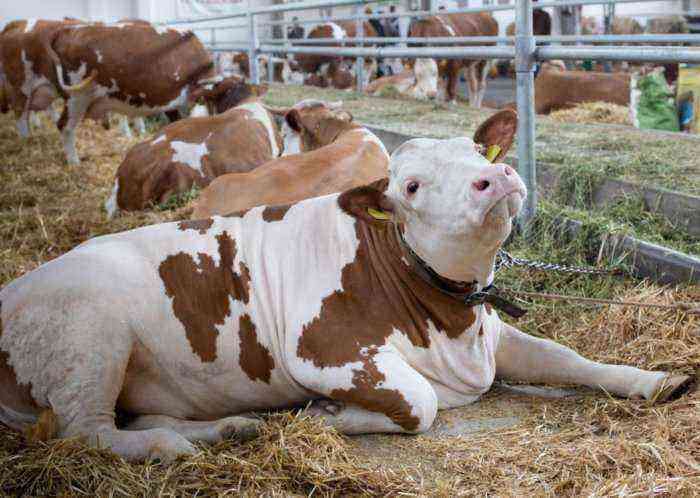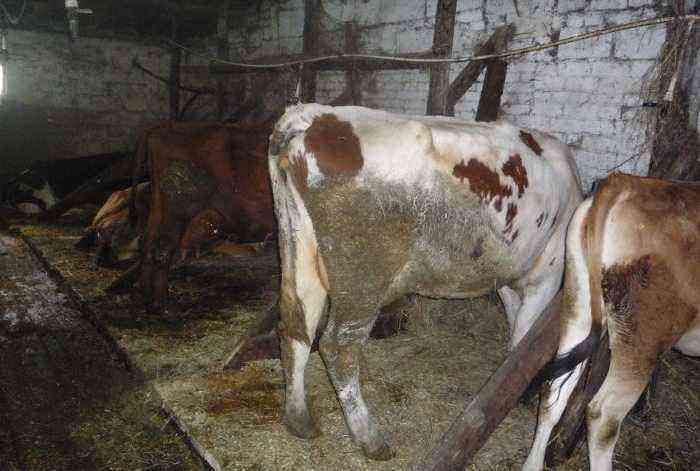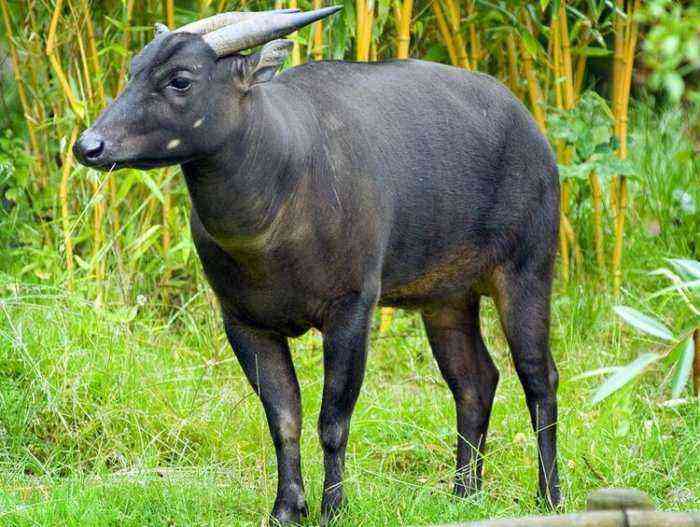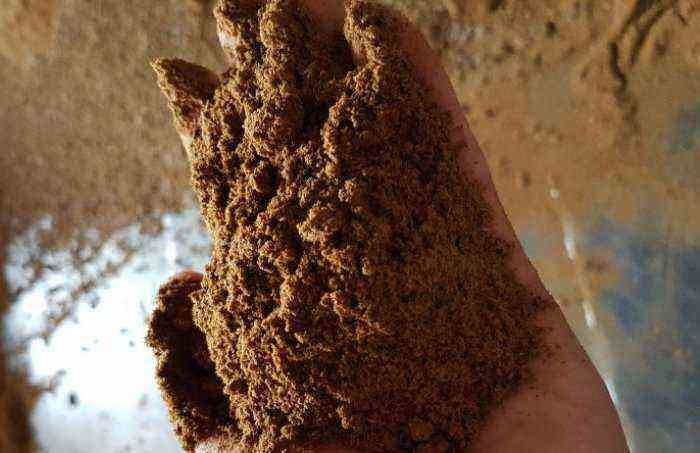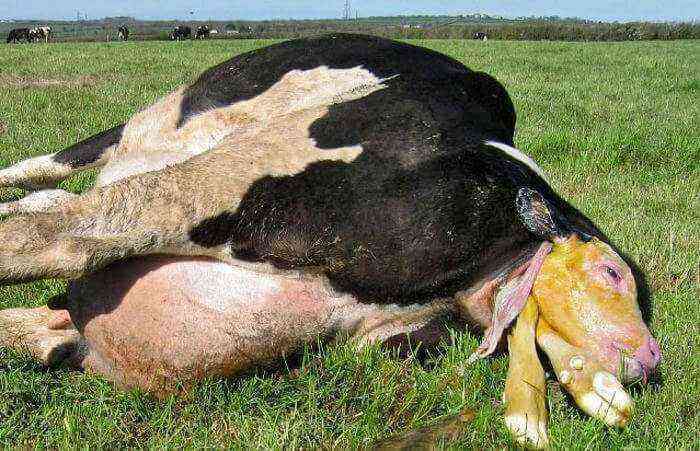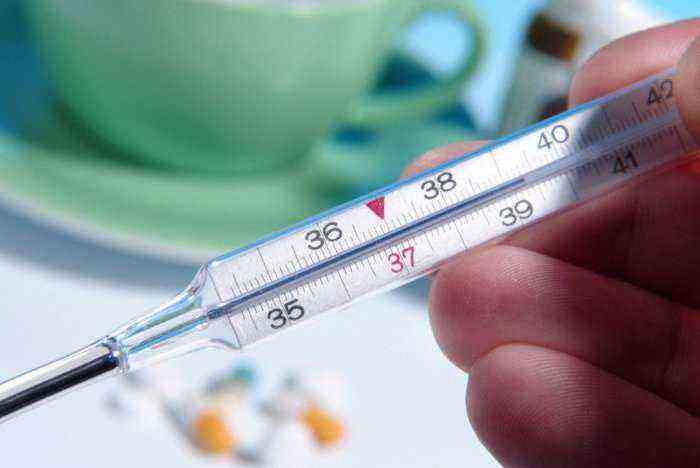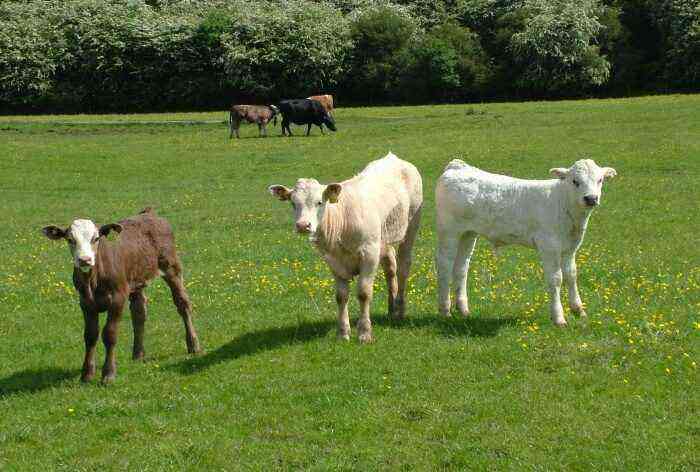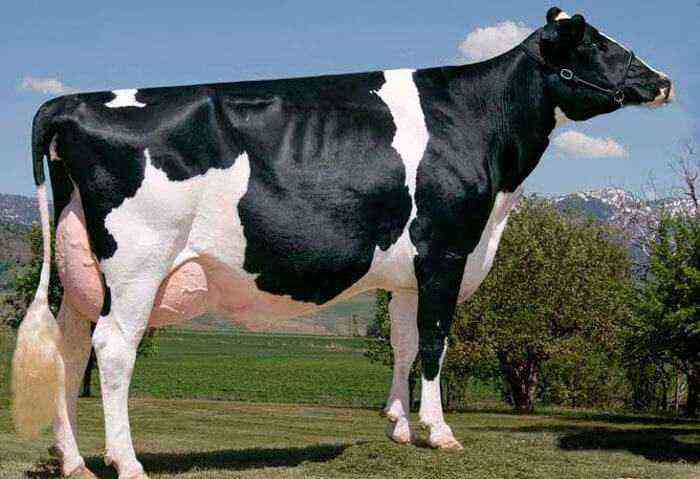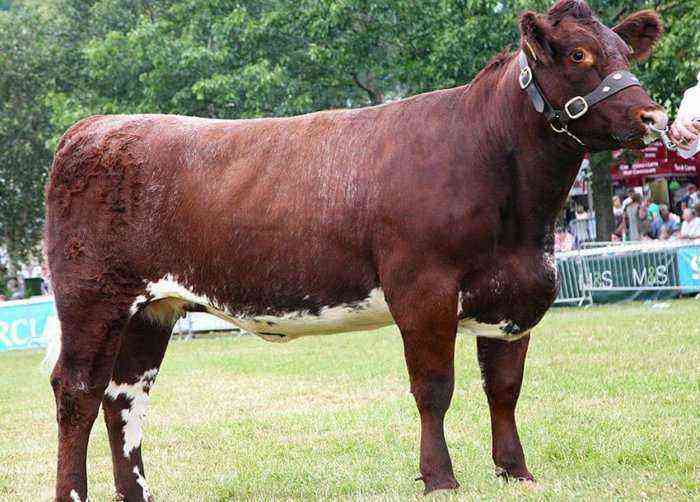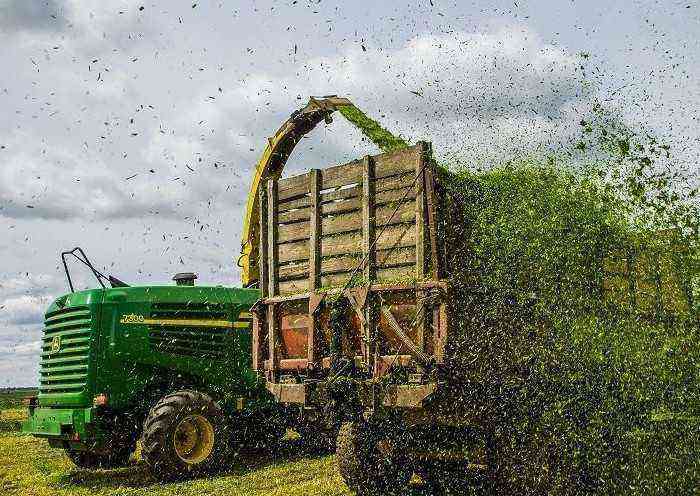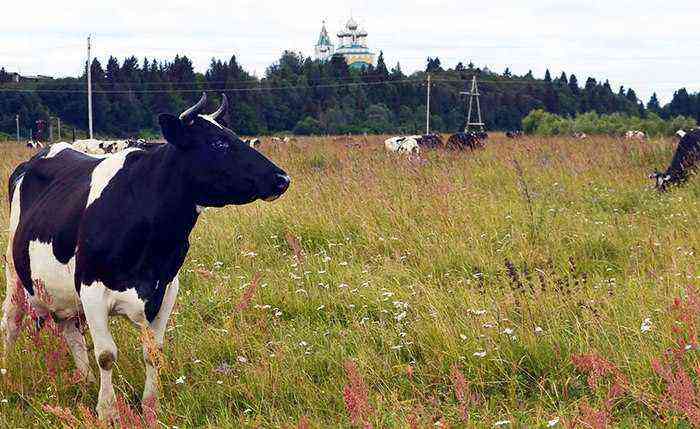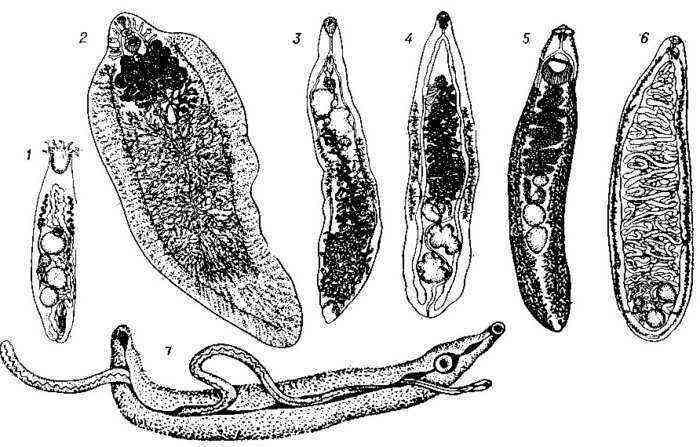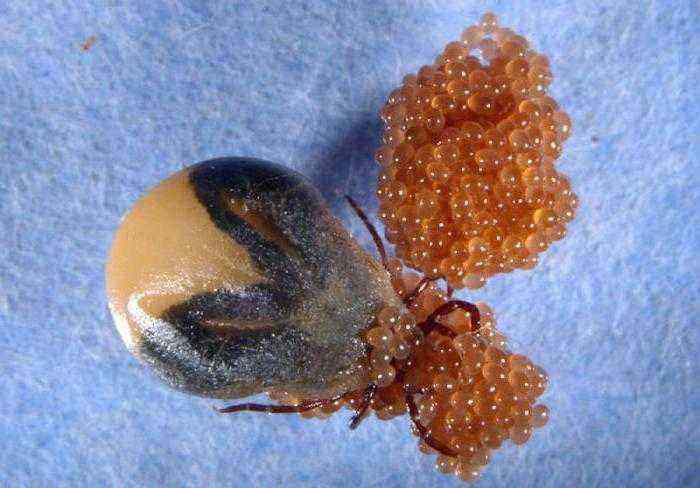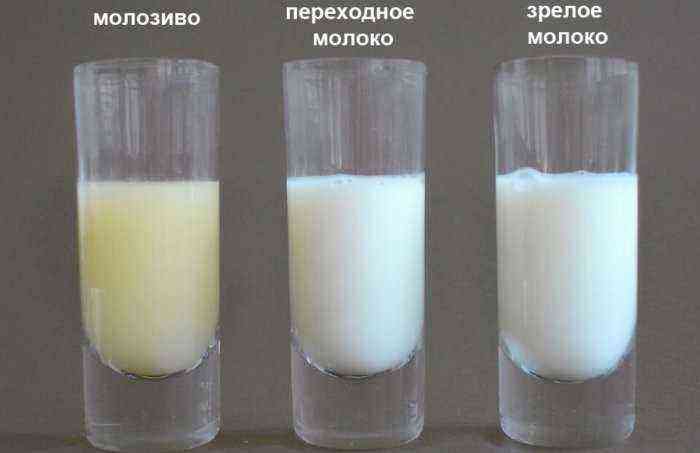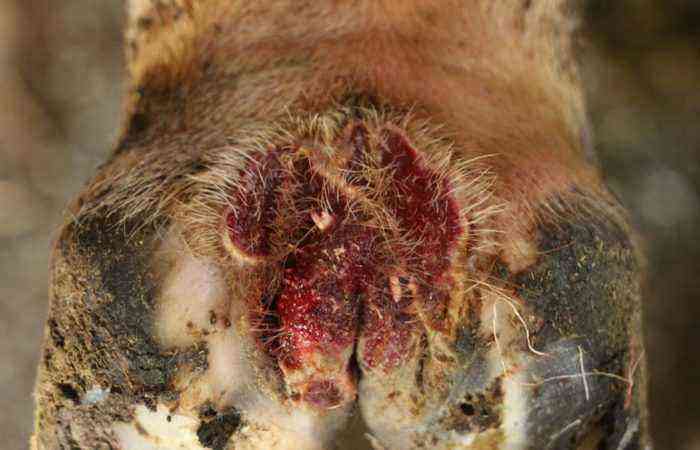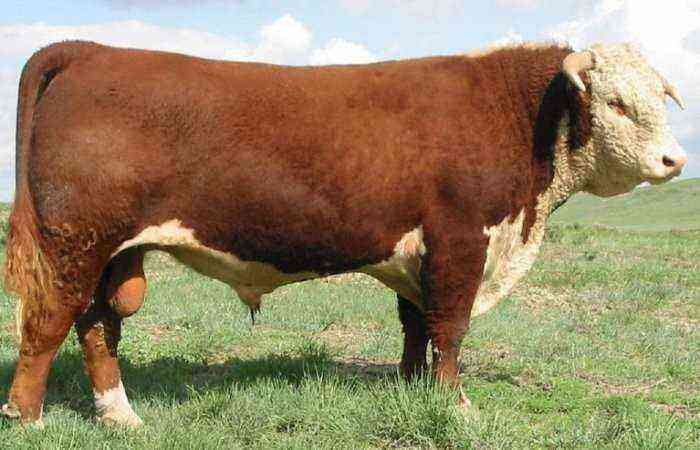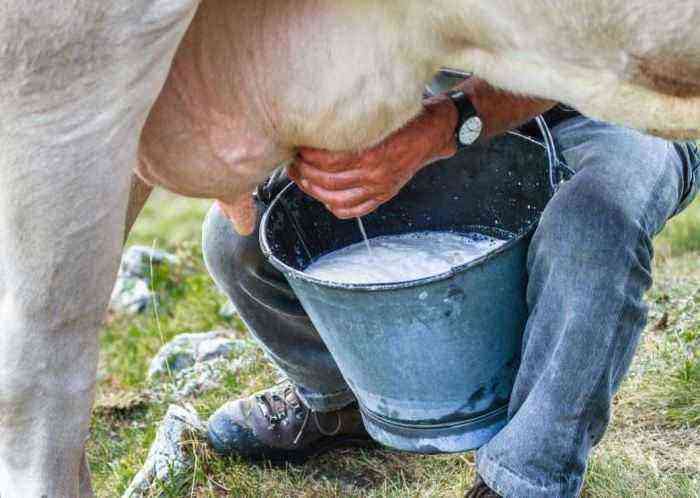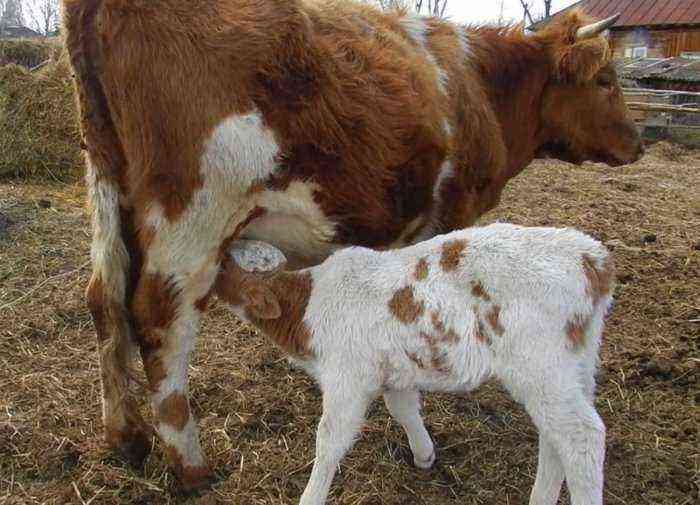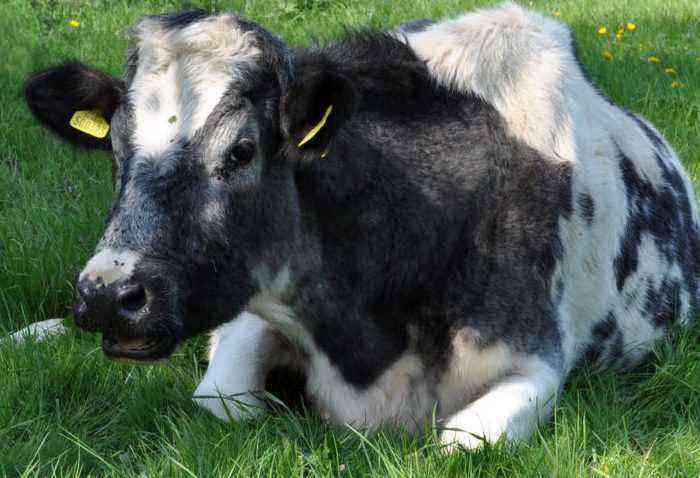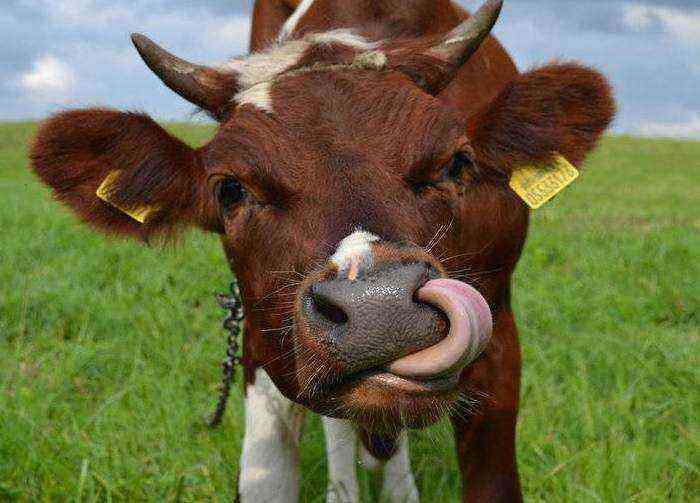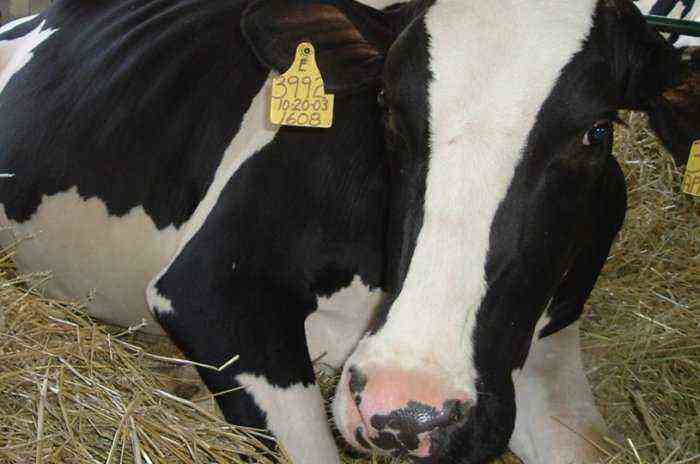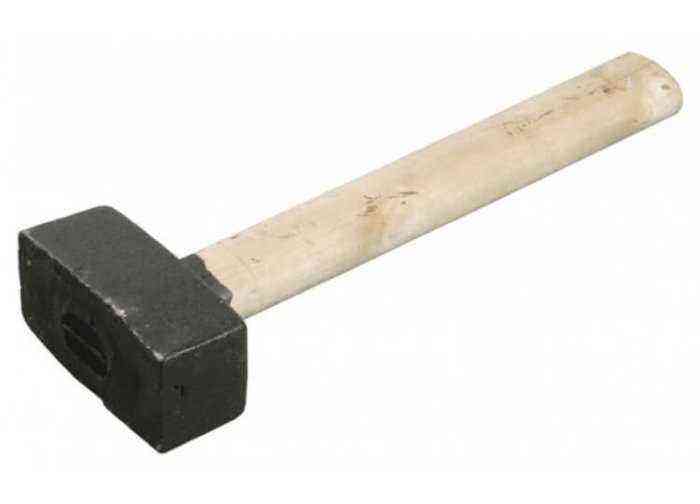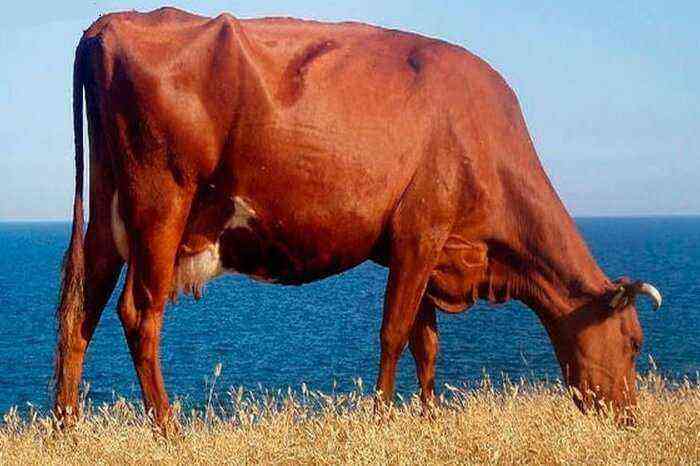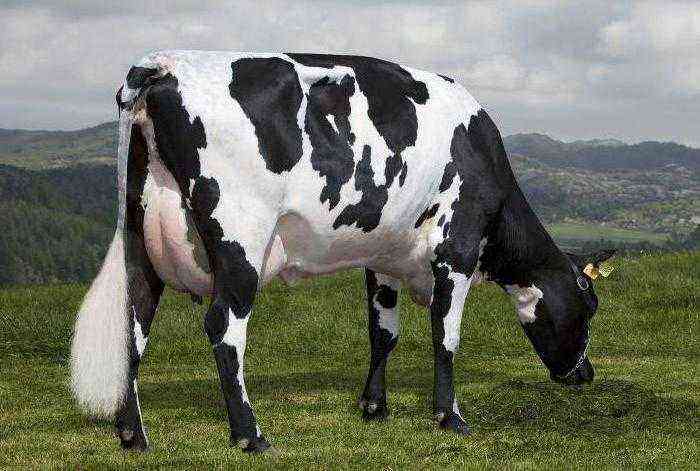The Dutch breed of cows is rightfully considered one of the most ancient. It is highly valued all over the world for its high productivity and milk quality. To date, it is bred in more than 33 countries around the world. What is remarkable about it, what are its advantages and disadvantages, what do Dutch cows look like, readers will learn from this article.
dutch cow
Evolution of the Dutch breed
Even in ancient times, the Dutch began to breed cows exclusively for high-quality milk. They were not interested in the meat qualities of animals. Already in the 19th century, the Germans became interested in cows from Holland. They crossed the brought animals with the local ones, hence the East Frisian cow appeared. Subsequently, the Dutch breed spread throughout Europe.
Peter the Great brought her to Russia. Since then, breeding work to improve milk and meat qualities has not stopped. A century and a half ago, cows of the Dutch breed had very weak muscle fibers, thin skin, and now their portrait looks different. Now they can boast of a good physique – strong bones, developed muscle mass. Their milk yields are still high, and their milk is fatty and nutritious. Now these animals are of interest to farmers not only as a source of milk, but also meat of excellent quality.
Characterization
The Dutch breed is an animal with a strong physique in black and white. They are distinguished by high milk productivity – with proper nutrition and care, they are able to produce about 5 thousand liters of milk annually. Their meat qualities are also quite good, and the meat yield is about 55-60%. Let’s talk in detail about the external characteristics of animals.
Appearance
By external signs, it is easy to distinguish the Dutch cow. Characteristic features of her appearance:
- Strong physique. The body is proportional.
- Clearly defined line of the skeleton.
- Elongated head.
- The back is straight.
- The suit is black and white. Behind the shoulder blades are white belts.
- The chest is wide and deep.
- Legs are short and strong.
- The skin is thin and elastic.
- The coat is shiny and soft.
- The udder is large, its shape resembles a bowl. The nipples are correctly spaced.

Appearance of a Dutch cow
Gobies of the Dutch breed are born with a weight of about 38-40 kg. The average weight of an adult cow reaches 550-650 kg, a bull – 800-900 kg. The average height of the animal at the withers ranges from 132,5 cm.
Reference. The maximum weight of a bull of this breed was 1200 kg!
Productivity
The Dutch warm-blooded breed is famous for its high productivity. For one lactation with proper feeding and care from one cow, you can get up to 5000 kg of milk. The resulting product has excellent quality indicators. The fat content of milk is high – 3,8-4,1%, the protein content in it is 3-3,5%.
Reference! A record was recorded in terms of milk productivity in the Dutch cow – the maximum amount of milk that was obtained – 11000 kg per year.
Thanks to the work of breeders, modern representatives of this breed also have good meat indicators. The average yield from one animal is about 55%, and with proper fattening – 60% of high-quality beef.
At the age of 6 months, cows gain a body weight of about 160 kg, and this is an average figure. Six months later, the weight doubles.
Advantages
The advantages of this breed include:
- high productivity;
- quality of dairy products;
- precocity – heifers are ready for the first mating at the age of 14-16 months;
- adaptability to various climatic conditions.
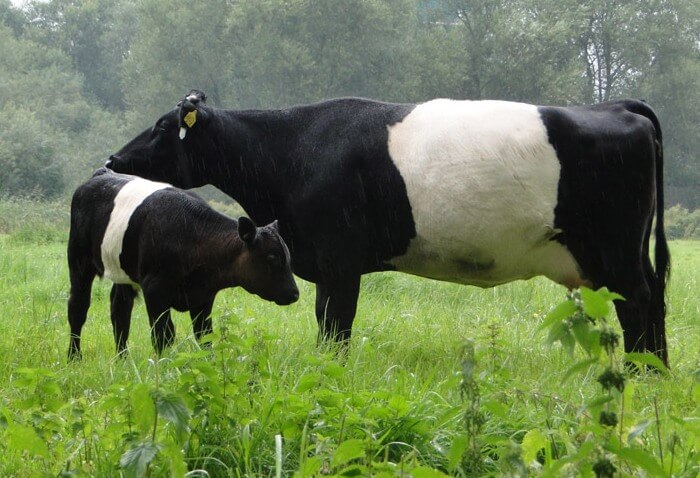
Dutch cow with calf
Disadvantages
The Dutch breed also has disadvantages. In order for the animal to provide its owners with large milk yields and high-quality meat, it is necessary to create the best conditions for it and take care of good nutrition. These animals place high demands on the care and conditions in which they live.
Another drawback is that Dutch cows are more susceptible to tuberculosis than representatives of other breeds. Attention should be paid to the prevention of this disease. They are also more likely to get leukemia than others. The farmer must understand that choosing animals of this breed for breeding, he may suffer losses due to these diseases.
The Dutch breed of cows conquered Europe with excellent productivity and quality of dairy products. They also loved her in Russia. With proper care and proper nutrition, Dutch cows can bring enormous profits to the farm. Breeders continue to work hard to improve the quality of milk and milk yield, but now we can safely say that the Dutch breed is one of the best in the dairy direction.
